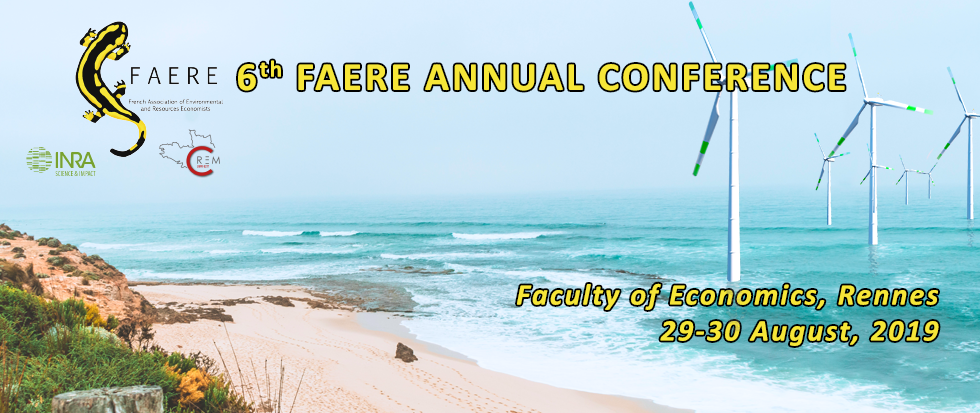Some scientists argue that economic activities might be expanding at the cost of biological species, while others advocate for a peaceful cohabitation. Hence, this paper proposes an empirical analysis on the case of threatened animal and plant species to test whether there is a peaceful cohabitation with human habitat. Our results indicate that the number of threatened species depicts an inverted U-shaped curve with income per capita and also show that the more biological species-rich a region
is, the more threatened species it holds. Compared to developing countries, developed countries denitely appear to be threatening fewer animal and plant species, suggesting a possible peaceful cohabitation. Relative species poverty, trade as well as production sectors (mostly secondary and tertiary) seem to be some of the forces behind the peaceful cohabitation observed in high-income countries. Overall, human population growth is harmful to animal and plant species.

Economic growth and biodiversity: Is there a peaceful cohabitation between natural and human habitats?
1 : BETA, CNRS, Université de Strasbourg
(BETA)
-
Website
Institut National de la Recherche Agronomique, université de Strasbourg, Université de Lorraine, Centre National de la Recherche Scientifique : UMR7522
Université de Lorraine, UFR Droit Sciences Economiques et Gestion, Université de Strasbourg, Faculté des Sciences Economiques et de Gestion, 61 avenue de la Forêt Noire 67085 Strasbourg Cedex -
France
2 : Université de Strasbourg
(UNISTRA)
-
Website
Université de Strasbourg, CNRS
4 rue Blaise Pascal - CS 90032 - 67081 Strasbourg cedex -
France


